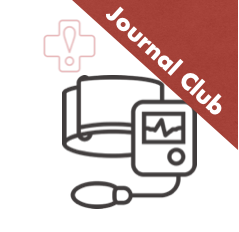Grand Rounds Recap 3.15.23
/What a packed week! We reviewed a harrowing case of massive bee envenomation (with insects in the airway) w/ Dr. Yates, R4 wisdom and philosophies with Dr. Mullen, an overview of hydrocephalus with Dr. Stothers, a CPC of a brain tumor presenting with aphasia with Dr. Glenn, a dive into hyperviscosity syndromes with Dr. Beyde, and a wonderful series of lectures on the Language of Being Well & Embracing Fear in EM with visiting professor Dr. Arlene Chung.
Read More










